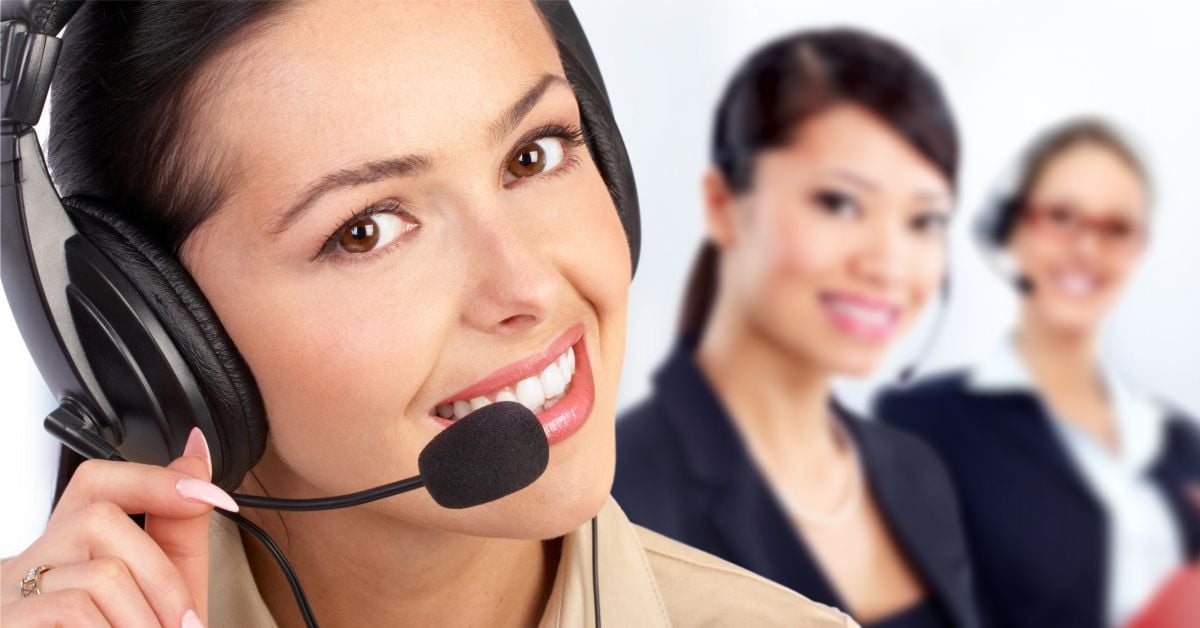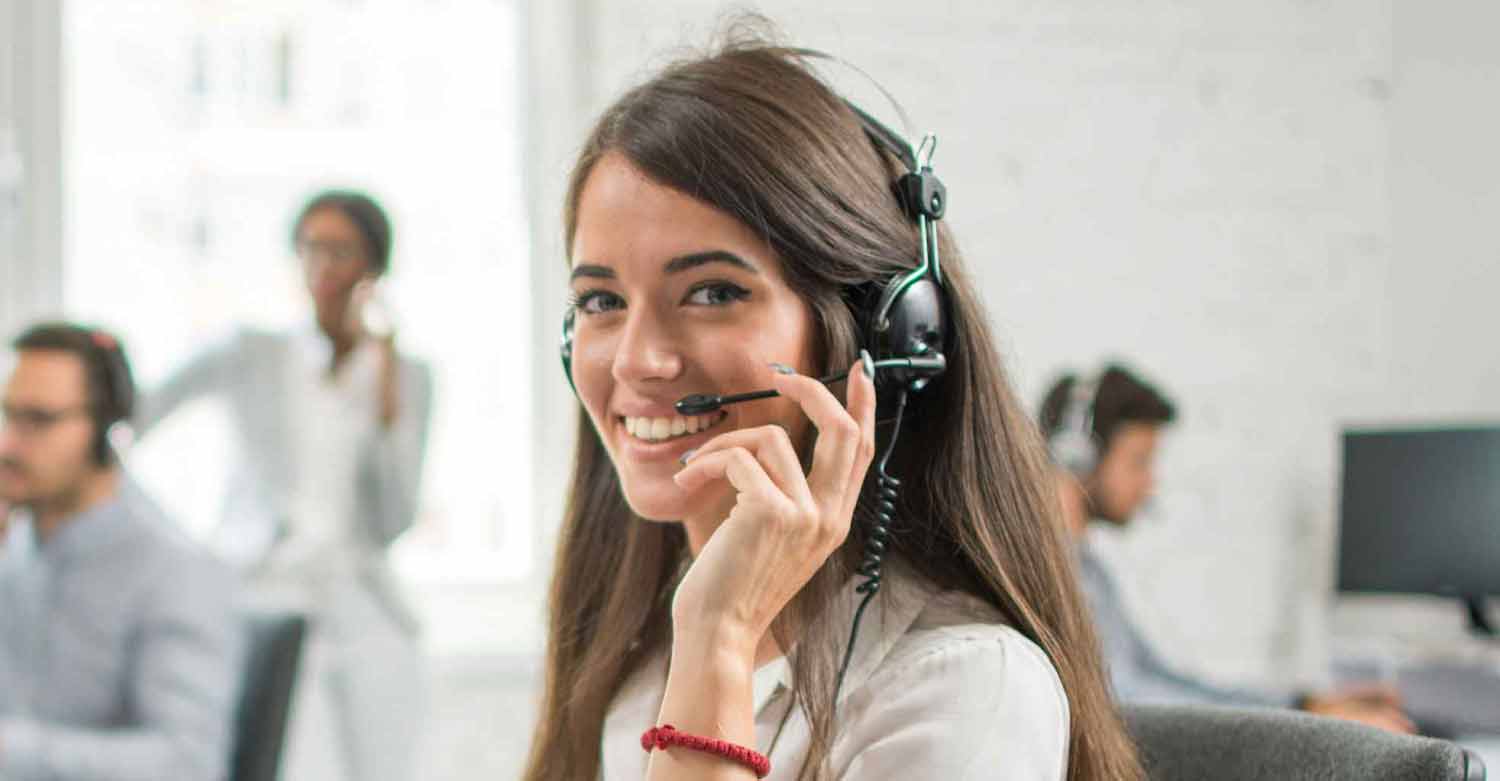All Categories
Featured
Table of Contents
- – Who Is The Best What Is A Phone Answering Servi...
- – Best Telephone Answering Service - Virtual Rec...
- – How To Buy The Best Faqs - The Phone Answering
- – A Best Your Virtual Receptionist: Phone Answe...
- – What Is The Best Answering Services 101: Ever...
- – What Are The Best Telstra Voice Features & S...
Who Is The Best What Is A Phone Answering Service? Service?
This device and its followers were developed by Sava Jacobson, an electrical engineer with a personal consulting company. While early voice mail utilized magnetic tape innovation, the majority of modern devices uses solid state memory storage; some devices utilize a combination of both, with a solid-state circuit for the outbound message and a cassette for the inbound messages.
"toll conserving" below) (professional phone answering service). This is useful if the owner is evaluating calls and does not wish to speak with all callers. In any case after going, the calling party should be notified about the call having been answered (most of the times this begins the charging), either by some remark of the operator, or by some welcoming message of the little bit, or dealt with to non-human callers (e.
This holds specifically for the TADs with digitally saved welcoming messages or for earlier machines (before the rise of microcassettes) with a special endless loop tape, different from a second cassette, committed to recording. There have been answer-only gadgets with no recording capabilities, where the greeting message had to inform callers of a state of existing unattainability, or e (answering service).
Best Telephone Answering Service - Virtual Receptionist - Apso Showroom Near Me

about accessibility hours. In tape-recording Little bits the welcoming typically includes an invite to leave a message "after the beep". An answering maker that uses a microcassette to record messages On a dual-cassette answerphone, there is an outgoing cassette, which after the specified variety of rings plays a pre-recorded message to the caller.

Single-cassette answering makers include the outbound message at the beginning of the tape and incoming messages on the staying space. They initially play the statement, then fast-forward to the next available area for recording, then tape-record the caller's message. If there are many previous messages, fast-forwarding through them can cause a considerable delay.
This beep is frequently described in the welcoming message, asking for that the caller leave a message "after the beep". TADs with digital storage for the tape-recorded messages do disappoint this delay, of course. A little may use a push-button control facility, whereby the answerphone owner can call the house number and, by getting in a code on the remote telephone's keypad, can listen to recorded messages, or erase them, even when away from house.
How To Buy The Best Faqs - The Phone Answering

Consequently the device increases the variety of rings after which it answers the call (usually by 2, leading to 4 rings), if no unread messages are presently stored, but responses after the set number of rings (usually two) if there are unread messages. This permits the owner to find out whether there are messages waiting; if there are none, the owner can hang up the phone on the, e.
Some machines also permit themselves to be remotely triggered, if they have actually been switched off, by calling and letting the phone ring a specific big number of times (normally 10-15). Some service suppliers desert calls already after a smaller variety of rings, making remote activation difficult. In the early days of TADs an unique transmitter for DTMF tones (dual-tone multi-frequency signalling) was regionally needed for push-button control, given that the formerly utilized pulse dialling is not apt to communicate suitable signalling along an active connection, and the dual-tone multi-frequency signalling was implemented step-by-step.
Any incoming call is not recognizable with regard to these residential or commercial properties in advance of going "off hook" by the terminal equipment. So after going off hook the calls should be switched to proper devices and only the voice-type is right away available to a human, but possibly, nevertheless need to be routed to a LITTLE BIT (e.
A Best Your Virtual Receptionist: Phone Answering Services
What if I told you that you do not need to in fact get your device when responding to a customer call? Somebody else will. So convenient, ideal? Answering telephone call doesn't need someone to be on the other end of the line. Effective automated phone systems can do the trick simply as effectively as a live representative and sometimes even much better.
An automated answering service or interactive voice reaction system is a phone system that communicates with callers without a live person on the line - business call answering service. When companies use this technology, consumers can get the answer to a concern about your company just by utilizing interactions set up on a pre-programmed call circulation.
Although live operators upgrade the client service experience, numerous calls do not need human interaction. A simple recorded message or instructions on how a customer can obtain a piece of info normally solves a caller's instant requirement - phone answering. Automated answering services are a basic and efficient method to direct incoming calls to the ideal individual.
What Is The Best Answering Services 101: Everything You Need To Know ... Out
Notification that when you call a business, either for support or item query, the first thing you will hear is a pre-recorded voice greeting and a series of alternatives like press 1 for client service, press 2 for queries, and so on. The pre-recorded alternatives branch out to other options depending upon the client's selection.
The phone tree system assists direct callers to the best person or department using the keypad on a smart phone. In some circumstances, callers can utilize their voices. It's worth keeping in mind that auto-attendant alternatives aren't limited to the ten numbers on a phone's keypad. As soon as the caller has picked their first option, you can create a multi-level auto-attendant that utilizes sub-menus to direct the caller to the best sort of assistance.
The caller does not have to communicate with an individual if the auto-attendant phone system can handle their issue. The automated service can path callers to a staff member if they reach a "dead end" and require support from a live representative. It is expensive to work with an operator or executive assistant.
What Are The Best Telstra Voice Features & Services - Home Phone Companies?
Automated answering services, on the other hand, are significantly less costly and supply significant cost savings at an average of $200-$420/month. Even if you don't have actually devoted staff to manage call routing and management, an automated answering service enhances efficiency by permitting your team to concentrate on their strengths so they can more efficiently spend their time on the phone.
A sales lead routed to customer care is a lost shot. If a consumer who has product concerns reaches the wrong department or receives insufficient responses from well-meaning employees who are less trained to deal with a particular type of concern, it can be a reason for frustration and dissatisfaction. An automated answering system can decrease the number of misrouted calls, consequently assisting your staff members make much better use of their phone time while releasing up time in their calendar for other tasks.
With Automated Answering Systems, you can create a personalized experience for both your personnel and your callers. Make a recording of your main welcoming, and just upgrade it routinely to show what is going on in your company. You can produce as many departments or menu alternatives as you want.
Table of Contents
- – Who Is The Best What Is A Phone Answering Servi...
- – Best Telephone Answering Service - Virtual Rec...
- – How To Buy The Best Faqs - The Phone Answering
- – A Best Your Virtual Receptionist: Phone Answe...
- – What Is The Best Answering Services 101: Ever...
- – What Are The Best Telstra Voice Features & S...
Latest Posts
Trusted Business Phone Answering Services – NSW
Reliable 24/7 Answering Service – Australia
Exceptional Virtual Reception Solutions Near Me
More
Latest Posts
Trusted Business Phone Answering Services – NSW
Reliable 24/7 Answering Service – Australia
Exceptional Virtual Reception Solutions Near Me